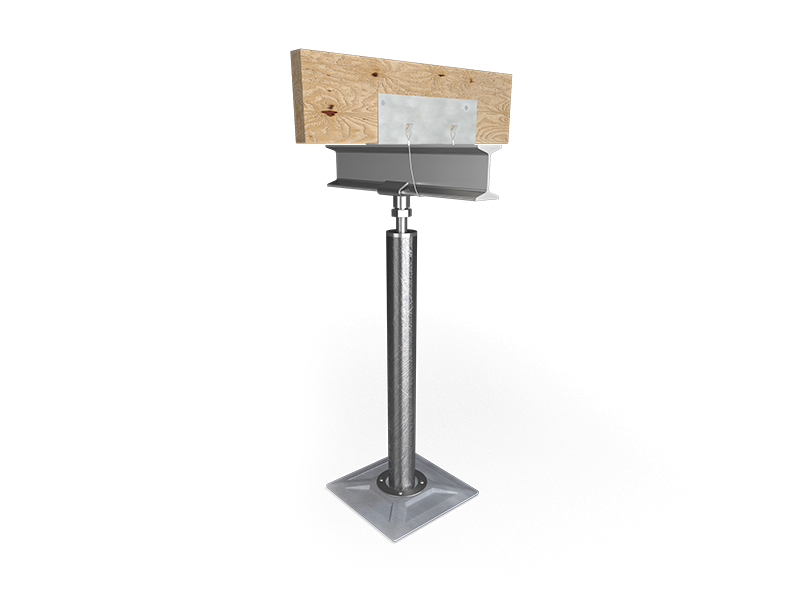Sagging floors, or floors that bounce are a common problem when it comes to foundation settlement in your home. Homes around Vancouver are at high risk for settlement and that can create structural issues within your home.
How long can sagging floors hold up?
Weak soils mixed with changing weather can expand, shrink, and shift the ground supporting your home. This results in unstable and lessening of solis beneath your floors and the home begins to settle. As the home settles, it compresses or sinks into the weak soils, causing your home to deform in areas such as the floors and walls.
What starts as a slightly sagging floor, could set off a domino effect and result in more severe structural damage issues. Ignoring signs of settlement causes the issue to get worse, and more expensive to fix.
If you notice that your floors are sagging, reach out. It is important to get a professional opinion and our specialists are here to help. Book a free estimate with our foundation specialists, find out the root of your foundation issues and how to fix it, and receive a no-obligation quote.
When a crawl space is built, block or brick (heck, even sometimes wood) columns are located throughout the crawl space to support the weight of the structure above. If those columns are spaced too far apart, the beam or girder can become overloaded and sag between the columns. When the girder sags, so does the floor above it.
Because crawl spaces are often unsealed from the earth, wood exposed to moisture and humidity begins to rot, get moldy and weaken. The weakened girders and floor joists are unable to continue supporting the weight above, and the floor above the crawl space becomes bouncy, soft and may begin to sag.
Weak soil can cause the existing columns in the crawl space to sink or settle, often creating a gap between the top of the column and the bottom of the girder it was supporting. Once the column settles, the girder sags and the floors above sag. It’s a chain reaction.
The best way to fix a sagging floor is to address the ROOT CAUSE. Not only will this solve your uneven floor issues, it will prevent further issues from forming due to the settlement.
Our foundation repair solutions address the root cause of the problems and offer a permanent fix. Our proven solutions can provide you with lasting stabilization, restore safety to your home, and restore your peace of mind.
See the industry leading products that we use for our foundation repairs, below.
